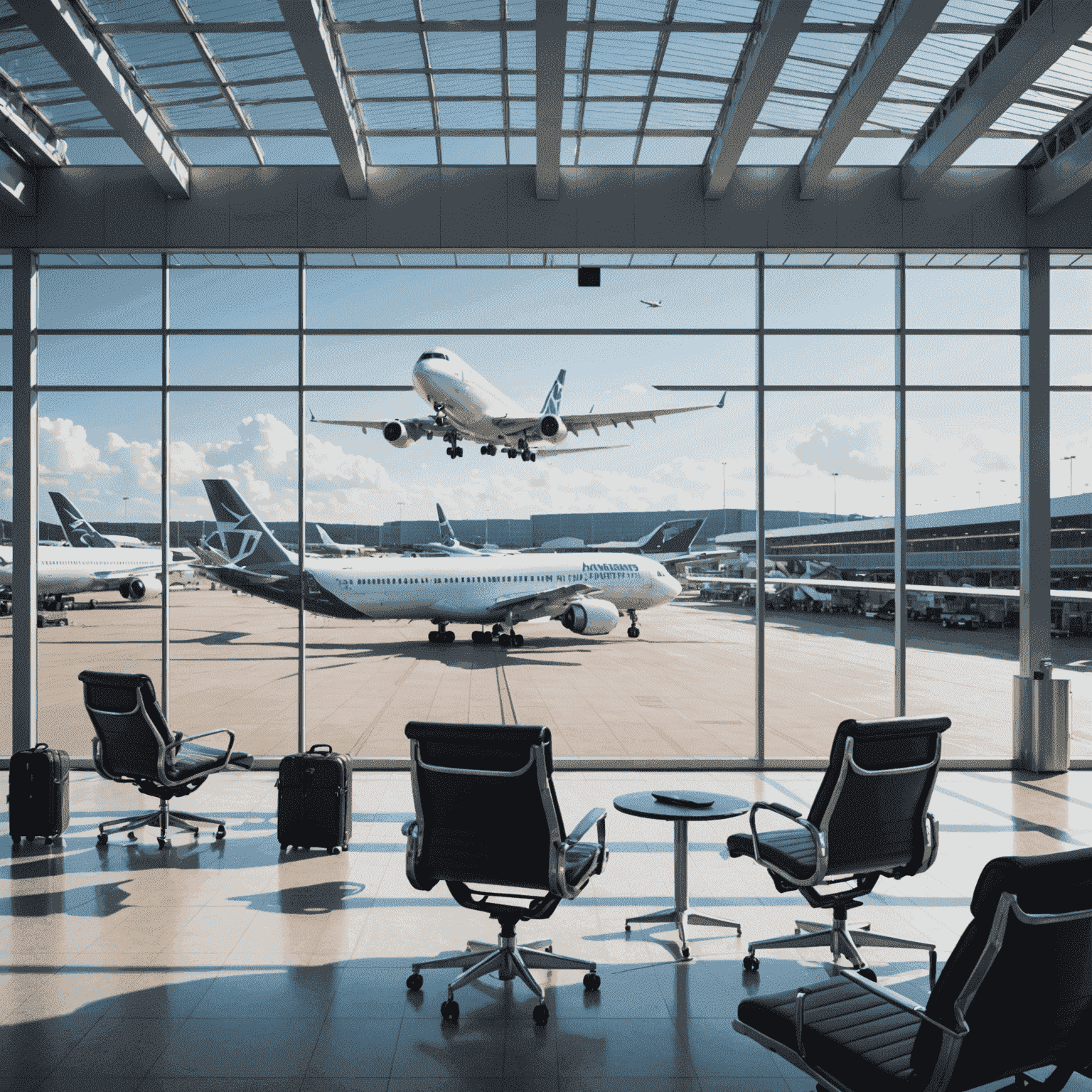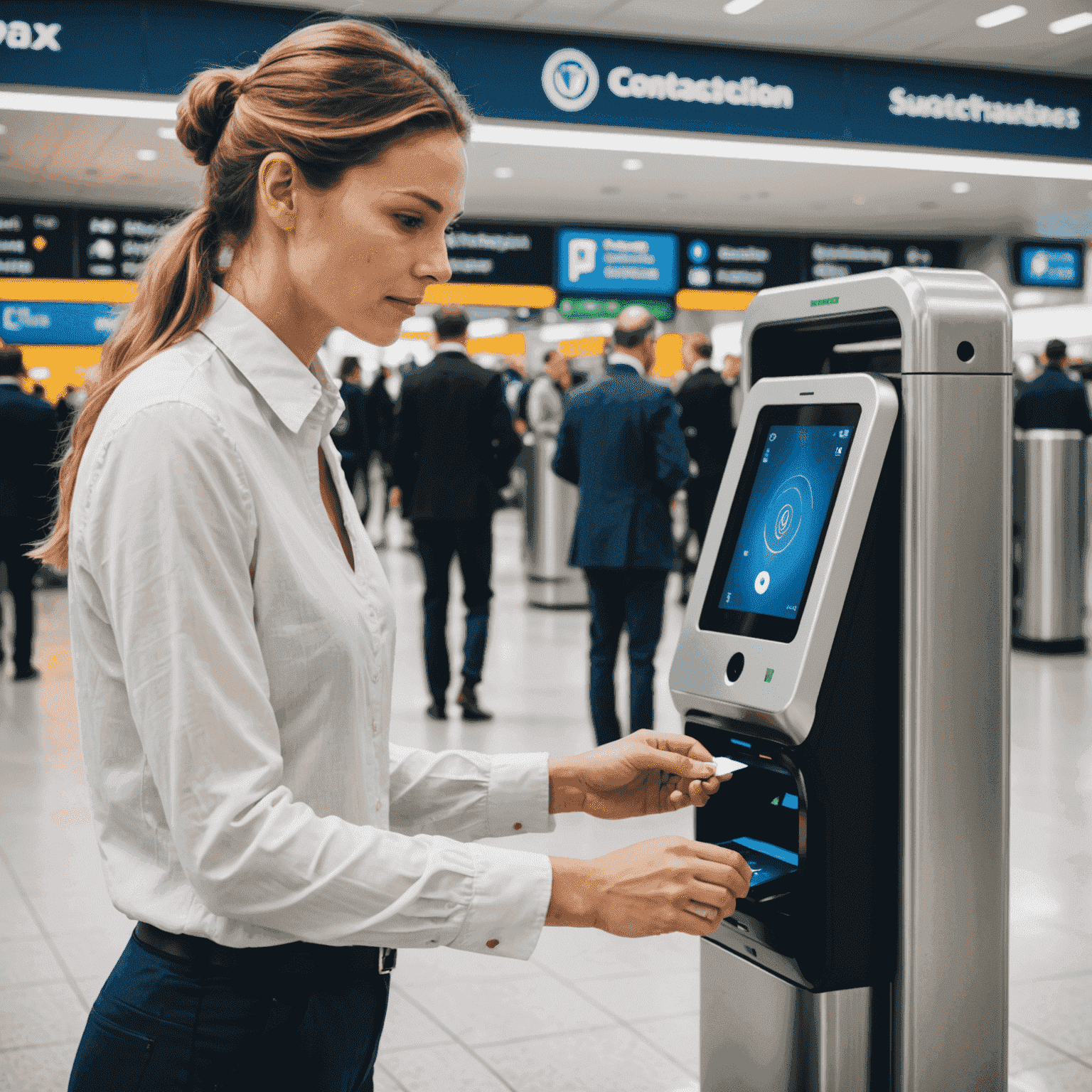Latest Aviation Industry Trends: Financial Implications for Airports and Airlines

The aviation sector is experiencing rapid changes that are reshaping the financial landscape for both airports and airlines. Let's explore the most recent developments and their economic impact on aerodrom finance.
1. Sustainable Aviation Fuels (SAF)
The push towards sustainability is driving significant investments in SAF. Airports are now adapting their infrastructure to accommodate these new fuels, while airlines are committing to ambitious SAF usage targets. This shift is creating new revenue streams for aerodroms but also requires substantial capital expenditure.
2. Contactless Technologies
In response to the global pandemic, airports have accelerated the adoption of contactless technologies. From check-in kiosks to biometric boarding systems, these innovations are streamlining operations and reducing labor costs. However, the initial investment in such technologies can be significant for aerodrom finance departments.

3. Urban Air Mobility (UAM)
The concept of UAM is gaining traction, with electric vertical takeoff and landing (eVTOL) vehicles poised to revolutionize short-distance travel. Airports are now considering how to integrate these new modes of transport, which could open up new revenue opportunities but also require significant infrastructure adaptations.
4. AI and Predictive Maintenance
Artificial Intelligence is transforming aircraft maintenance schedules, leading to reduced downtime and more efficient operations. For airports, this means adapting maintenance facilities and potentially seeing changes in hangar rental revenues. Airlines, on the other hand, are experiencing cost savings that could impact their aerodrom fees.
5. Non-Aeronautical Revenue Streams
Airports are increasingly focusing on diversifying their income sources beyond traditional aeronautical revenues. From luxury retail experiences to entertainment zones, these initiatives are becoming crucial for aerodrom finance strategies in an era of fluctuating passenger numbers.

Conclusion
As the aviation industry continues to evolve, both airports and airlines must stay agile in their financial planning. The trends highlighted above present both challenges and opportunities for aerodrom finance. By embracing innovation and carefully managing investments, stakeholders in the aviation sector can navigate these changes and emerge stronger in the post-pandemic era.